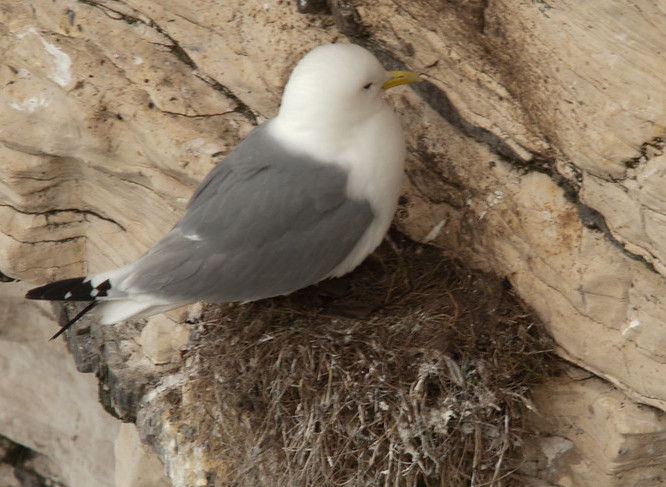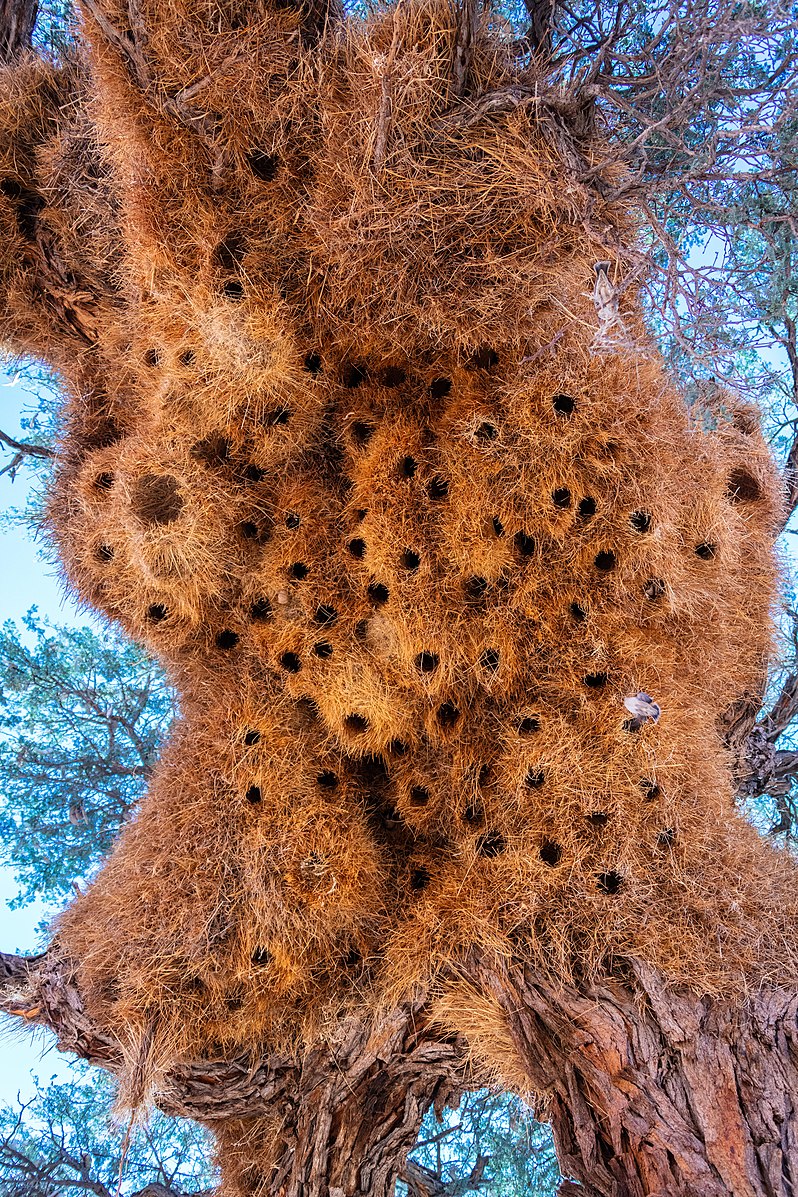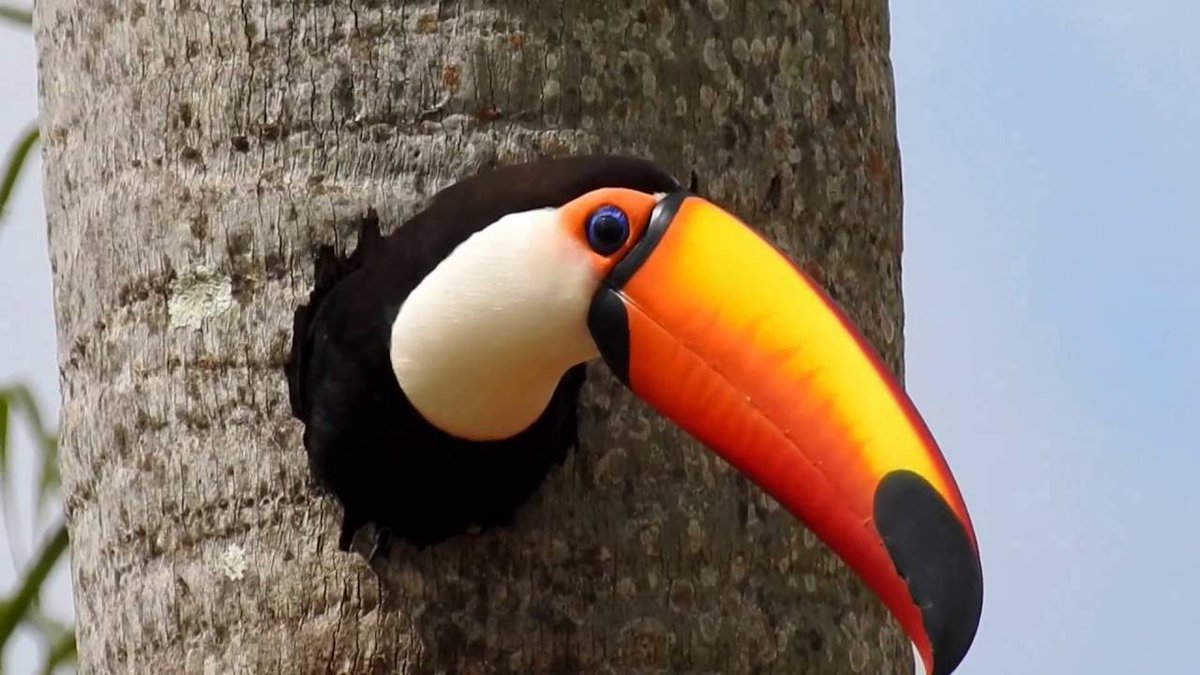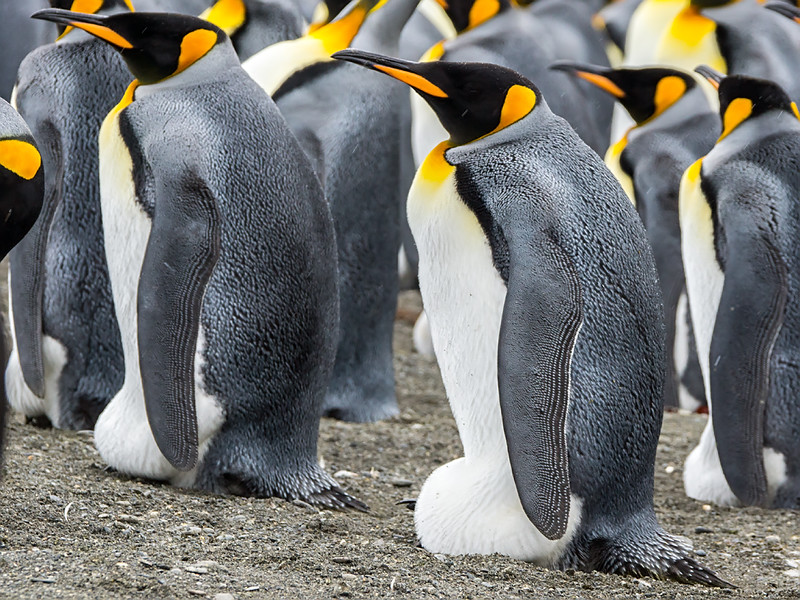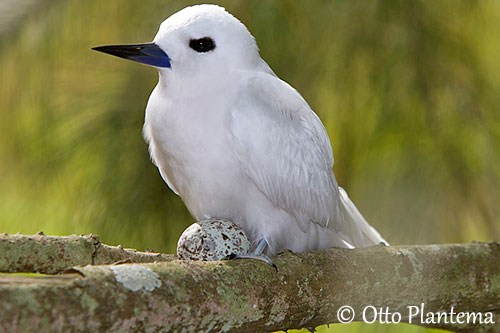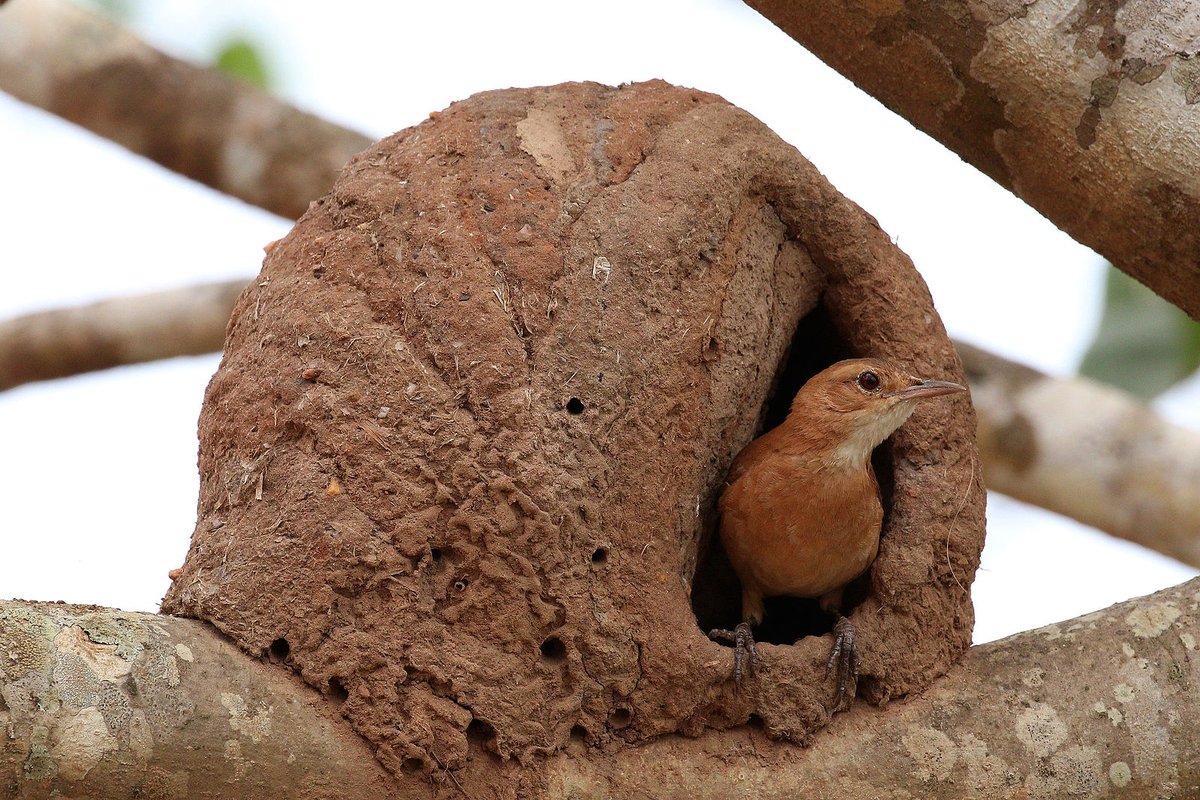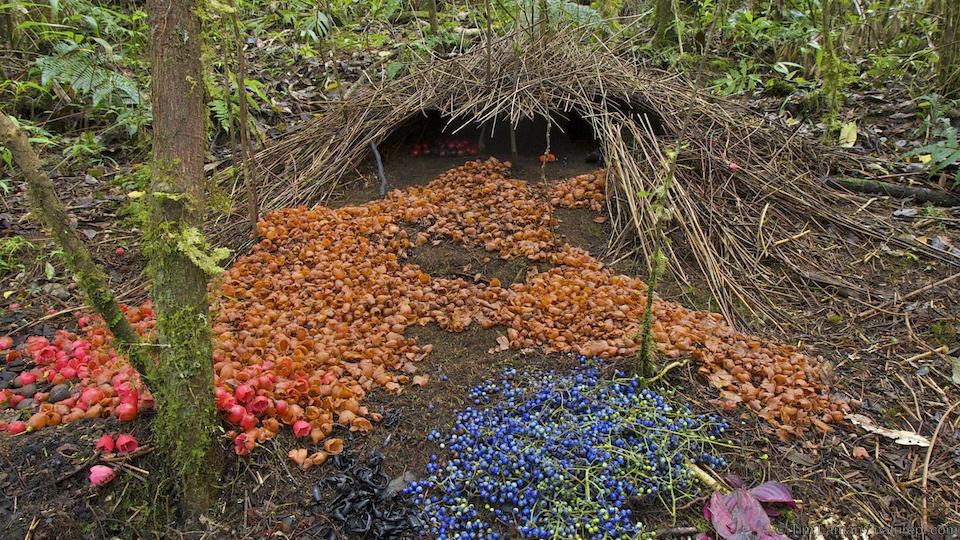
BIRD NESTING STYLES: A CRITICAL REVIEW
American robin
-Pragmatic
-Tidy
-Traditional values
-Went to the same high school as Martha Stewart
American robin
-Pragmatic
-Tidy
-Traditional values
-Went to the same high school as Martha Stewart
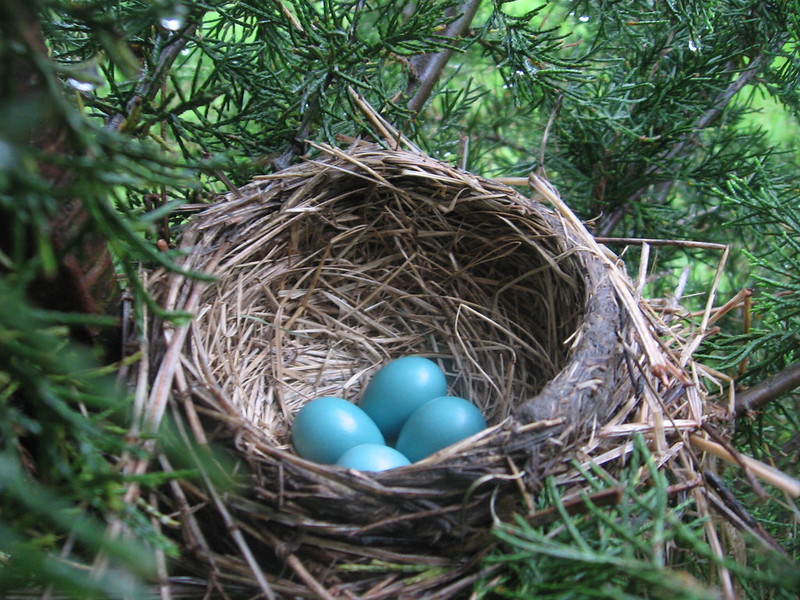
Hummingbird
-Perfectionist
-Substance over scale
-Dabbles in crystals and divination
-Possible fairy ancestry
-Perfectionist
-Substance over scale
-Dabbles in crystals and divination
-Possible fairy ancestry

Common tailorbird
-Resourceful
-Forward-thinker
-Has sewn 3 million face masks
-Into "primitive technology" before it was cool

-Resourceful
-Forward-thinker
-Has sewn 3 million face masks
-Into "primitive technology" before it was cool
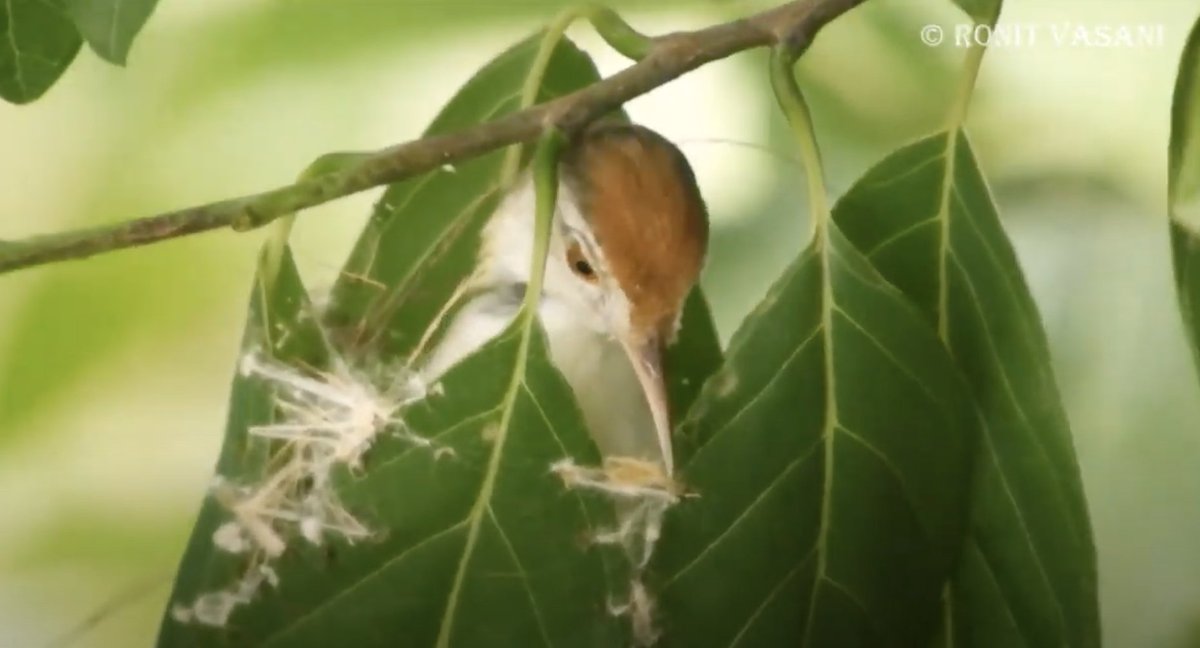
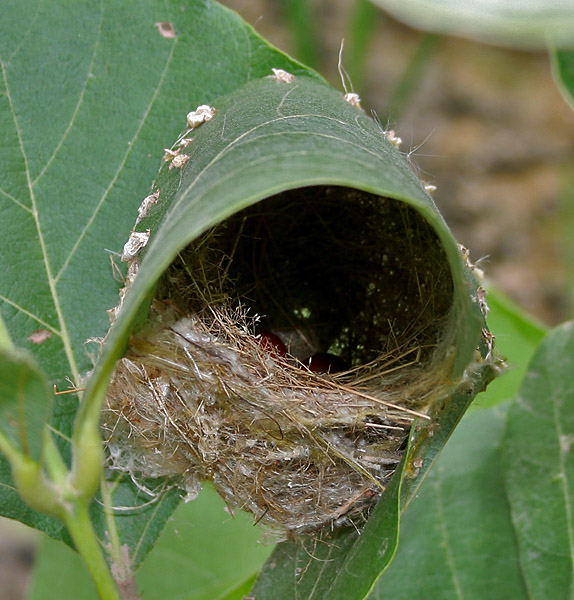
Pigeon
-Rejects the extravagances and hypocrisy of late-stage capitalism
-Doesn't care what you think anyways
-The only god is chaos
-Rejects the extravagances and hypocrisy of late-stage capitalism
-Doesn't care what you think anyways
-The only god is chaos

Hammerkop
-Close to 10,000 sticks
-Can support a human's weight
-It's not quite finished, though
-What? Too much?
-Close to 10,000 sticks
-Can support a human's weight
-It's not quite finished, though
-What? Too much?

Credits:
Robin: Joan, Flickr bit.ly/3digMoa
Hummingbird: Eli Duke, Flickr bit.ly/3cfa81Q
Pigeon: reddit.com/r/therewasanat…
Sociable weaver: Diego Delso
en.wikipedia.org/wiki/File:Nido…
Common Tailorbird: JM Garg
en.wikipedia.org/wiki/Common_ta…
Robin: Joan, Flickr bit.ly/3digMoa
Hummingbird: Eli Duke, Flickr bit.ly/3cfa81Q
Pigeon: reddit.com/r/therewasanat…
Sociable weaver: Diego Delso
en.wikipedia.org/wiki/File:Nido…
Common Tailorbird: JM Garg
en.wikipedia.org/wiki/Common_ta…
Kittiwake: Natural England, Flickr
bit.ly/2A9Blov
Penguin: David Cook, Flickr
bit.ly/2A9Bqsj
Toucan:
Hammerkop: aladdin.st/bird-watching/…
bit.ly/2A9Blov
Penguin: David Cook, Flickr
bit.ly/2A9Bqsj
Toucan:
Hammerkop: aladdin.st/bird-watching/…
• • •
Missing some Tweet in this thread? You can try to
force a refresh

